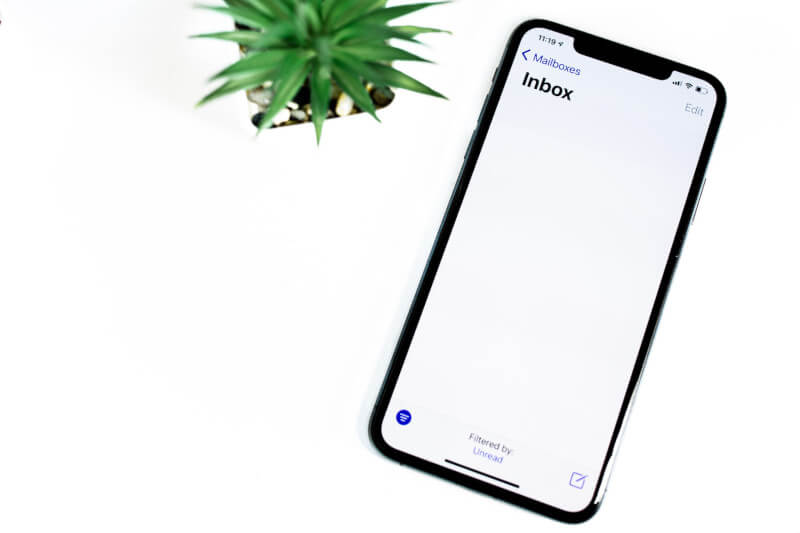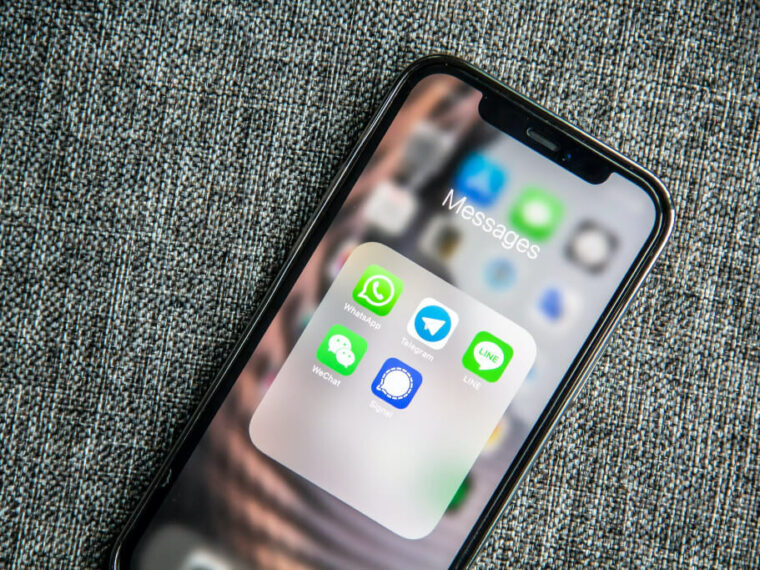A growing number of customers are content to conduct business with companies via their mobile devices. It’s time to hop on the SMS advertising bandwagon. The days of relying on just one marketing platform are long gone. Rather, modern marketers can reach their target audiences through a wide variety of channels and touchpoints. And consumers anticipate that companies will employ everyone to provide the best service possible.
SMS marketing may serve as a useful supplement to social media marketing because it enables instant, personalised communication with existing and potential clients.
Let’s Take a Look at What Sms Marketing Means and How You Can Employ It to Boost Your Business
One form of advertising is known as short message service (SMS) marketing, which involves communicating with consumers through text messages. This is a type of marketing in which contacts actively choose to participate by subscribing. This sets it apart from social marketing, in which the advertiser publishes content that users have the option to like or follow. Instances of typical SMS advertising campaigns include:
- Custom-tailored market research
- Retargeting offers
- Special deals
There has been a gradual but steady acceptance of mobile device-based customer service among today’s consumers. It’s become commonplace for customers to anticipate contacting businesses via instant message or text.
Methods of Sending and Receiving Text Messages for Marketing
The marketing strategies behind email and SMS are parallel. Similar to email marketing, the purpose of SMS marketing is to either increase sales, spread information, or foster customer loyalty. Companies can send either one-to-one or mass messages via SMS, making it a versatile marketing tool. With SMS, the sender has complete control over the recipient list and dispersion. To send an SMS promotional message to a client base, you’ll need to get their express permission, just as you would for an email campaign list.
A Definition of “SMS Customer Service”
Customer support via short message service (SMS) allows consumers to interact with businesses through messages. In 2020, Juniper Research forecasts that the total amount of company messages sent via mobile devices worldwide will reach 2.7 trillion. The vast majority (98%) of all retail industry messages were sent via SMS. According to research conducted, retailers mainly utilise messaging for:
- Dispatch and order confirmations
- Informational Delivery Status Reports
- The overarching term “SMS customer service” encompasses all of these subsets.
By 2025, it’s expected that 80% of customer support organisations will prefer using SMS and texting to native apps. Consumers think these service-related texts are the most helpful ones companies send. Value-added services such as appointment reminders, shipping status updates, and reservation confirmations are more highly valued than price reductions for a service or good.
Therefore, if you’re thinking about implementing SMS marketing, it’s additionally a great idea to implement SMS customer support. When consumers find significance in the texts you send them, they are more inclined to stay subscribed to your SMS service. Of course, electronic confirmations and reminders aren’t all that can be accomplished through SMS customer support. It also includes facilitating one-on-one texting between clients and support staff.
Guidelines for Effective SMS Marketing
Never Send Without Express Permission to Do So
I’m assuming you already have a client phone number collection system in place. That’s not to say you must text everyone at once. SMS text marketing, similar to email marketing, needs a distinct opt-in. Using your site or other digital mediums, you can request clients to opt-in to receive messages. The only caveat is that you need to make sure they want to subscribe via text message before you start sending.
An easy way to accomplish this is to send a single SMS message confirming their subscription and requesting them to verify their sign-up with an easy Yes or No. Don’t bother texting them again if they don’t reply. And if they text back “No,” it goes without saying that you shouldn’t text them again.
Make Sure That There’s a Way to Opt-out
All marketing should adhere to this standard (which is often a legal obligation). For an invasive approach like SMS, this is even more crucial. Sending unsolicited texts to individuals who have indicated no interest in receiving them is a surefire way to lose clients. Even for transaction processing messages such as shipment notifications or scheduled appointments, you must include unsubscribe details. It’s not everyone’s preference to receive information like this via text message.

Your unsubscribe incidences will also be greater for SMS than for email because of the much greater open rates for SMS. If you send out a message and immediately see a large number of unsubscribes, don’t freak out. However, you should track your unsubscribe rates. You can begin tracking unsubscribes once your SMS marketing strategy is fully operational. When comparing new messages to this one, be on the lookout for anything that seems unusual. A message’s content can often shed light on why unsubscribe rates were so high (or low) in a given case.
Names and Ages
Avoid assuming that your clients have added your phone number to their list of SMS contacts. The recipient will see a message from an unknown number with no personal details attached. You ought to introduce yourself within the first few words to encourage them to continue reading. Start each message with your brand name and a colon.
Time Your Sends Properly
There is a perfect time and place for every marketing message, and you need to find it. However, this is necessary for SMS. Almost everyone has their text message alerts turned on at some point. Not everyone uses the “Do Not Disturb” feature of their phones when they don’t want to be disturbed. Your customer isn’t someone you want to wake up in the wee hours of the morning to hear about a marketing deal. They, like you, probably don’t want to have dinner interrupted by a message from your company.
The great news is that you’re able to easily determine the time zone of your target demographic by using their area codes. Select a suitable time and send it out in phases by time zone instead of sending a shocking message to everybody at once. Sending SMS messages immediately following an appointment is also a great option if you run a face-to-face business. You can assume that the client is active and thinking about you.
Make It Simple to Opt-Out
For SMS marketing to be successful, customer confidence in the service is essential. Clients can join or leave your SMS list with minimal effort. While you can anticipate dropping some subscribers as a result, rest assured that the individuals who stay on your list are doing so because they genuinely want to receive your communication. Having customers join via text message is another way to give them the reins.
Try to Educate Rather Than Sell
Because customers can easily unsubscribe from receiving advertising SMS messages, you should treat their inboxes with the utmost respect. Most of your correspondence, from updates on the order’s progress to requests for comments, should be directly related to the customer’s purchase. In any situation, these are helpful. In my viewpoint, advertising messages must be kept to a minimum and sent no more than once per week.
Make It Sound Like a Conversation
SMS’s strength lies in its ability to mimic real-world conversation. The success of an SMS marketing campaign relies on two-way conversations, just like regular SMS. This makes text messaging a fantastic tool for soliciting honest evaluations and suggestions about your products from actual users. At our company, we often poll customers via text message to gauge interest in new offerings. That kind of participation is what makes them look forward to receiving your texts. SMS has the potential to act as both a push and a pull channel.
Keep the Bigger Picture in Mind
Avoid sending subscribers completely unrelated messages when planning SMS marketing campaigns. You might be surprised to learn that messages that aren’t specifically requested tend to have lower response rates, even if you think the open is fantastic. Increased click-through and conversion rates can be achieved by placing texts in appropriate contexts.
If you want people to come to an event you’re advertising on Friday night, for instance, you should send out a text message on Friday afternoon. Rather than contacting people at work in the morning, 3 or 4 p.m. is a better time to send out a message advertising a happy hour special at a bar. If you keep things simple, you won’t get flagged as spam and will get more responses. Need assistance to help kickstart your SMS Campaigns? Visit IconAF’s website for further information on how their services can assist you.





